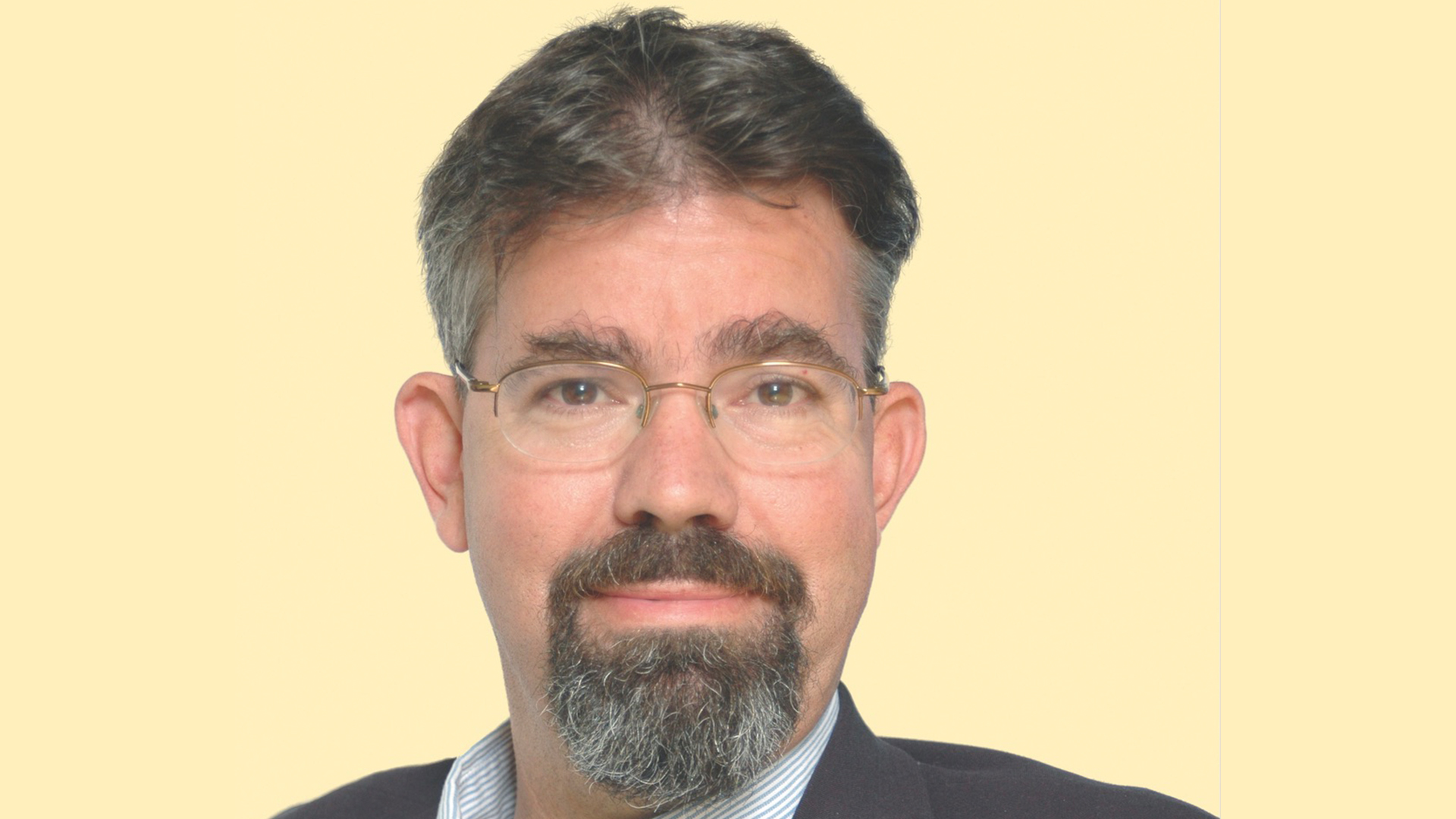FCC Makes Pitch For Reclaiming Broadcast Spectrum
The Federal Communications Commission Tuesday released technical papers supporting and expanding on its national broadband plan spectrum proposals, including making its pitch for reclaiming broadcast spectrum.
Owners of smaller stations who might want to cash out may be out of luck, as the FCC said few if any of those will likely be up for auction.
The report conceded that clearing broadcasters off spectrum in major markets could impact "the number and diversity of broadcast 'voices' in a community or market," but it suggested that could be mitigated by competing voices.
"Consumers in these markets tend to have a relatively large number of alternatives to view television content-a median of 16 OTA full-power television stations, OTA low-power stations and digital multicast channels, at least three to four multichannel video programming distributors (MVPDs), and a growing amount of broadband Internet video content, increasingly delivered to the TV," the FCC wrote.
Broadcasters have been arguing in the media ownership proceeding that the FCC should be taking those voices into account when it looks at diversity in a market. The report now uses those competing voices to buttress its case for reducing the number of broadcast voices in a market.
The commission also talked about compensating over-the-air viewers who lose access to signals with free cable service for life, or a coupon program for equipment upgrades for those who lose service due to coverage area reductions -- the FCC will have to repack stations after the reclamation, just as it did after it moved to DTV and simultaneously reclaimed the 700 MHz spectrum.
"Since a significant portion of the TV bands is not directly used for broadcasting, a limited number of stations in a limited number of markets choosing to participate voluntarily could recover a significant amount of spectrum," the FCC said in "Spectrum Analysis: Options for Broadcast Spectrum." "The FCC would, of course, seek to ensure that such auctions and other actions to enable reallocation do not significantly adversely affect particular communities of American TV viewers."
Former top broadband advisor Blair Levin told Multichannel News two weeks ago he was confident from conversations with broadcasters and Wall Street that the reclamation could and would be achieved voluntarily. "[S]ome stations may realize that their spectrum license holds more value in an auction than they can achieve under their current business model and future broadcast opportunities."
While the FCC is willing to give broadcasters a cut of billions in auction revenues for the reclaimed spectrums, buyers in smaller markets could be out of luck.
According to the FCC's caluclations, the vast majority (93%) of stations in markets 100-plus are using fewer than 10 channels out of a possible 49. "Since the TV bands in markets 100+ are not constrained with large numbers of full-power broadcasters, very few stations (and perhaps none at all) in these markets are likely to be included in an incentive auction."
The FCC must still get congressional approval to share auction proceeds with broadcasters, which is the "incentive" part of the auction proposal.
The smarter way to stay on top of the multichannel video marketplace. Sign up below.
As to compensating viewers for lost or reduced service, which could be subject to some kind of means test, the FCC said it would be "reasonable-i.e., lower than the cost for the DTV coupon program and much lower than the proceeds from an auction of the reallocated spectrum."
The Consumer Electronics Association was quick to praise the commission's report. CEA, which has been pushing for the reclamation said teh report made a "compelling factual case for all stakeholders to embrace the voluntary auction of underused broadcast television spectrum to address our nation's looming mobile broadband crisis."
CEA also pointed to the paper's conclusion that broadcasters could share channels and still do HD.
The FCC said that while broadcasters talk about mobile DTV as their future, the business model is still in its infancy and its success against competitors for mobile video has yet to be determined. It also points out that stations cannot deliver HD and mobile DTV at the same time, though they may be able to do so with technological advances in the "not-to-distant" future.
The FCC said it welcomes input on the report on its blogs, in an engineering forum announced at the National Assocaition of Broadcasters convention in April, and after it proposes its spectrum rulemaking, now planned for the third quarter.
"NAB is reviewing the paper and looks forward to working constructively with the FCC on fact-based findings, mindful of the importance and enduring values of free and local television to the American people," said National Association of Broadcasters executive vice president Dennis Wharton.
NAB has been lobbying against the reclamation proposal, concerned that it might wind up being less voluntary than advertised, including the mandatory repacking--and subsequent dislocation--of channels that would be the result of even a voluntary effort.
In the other paper, the commission outlined its plans for creating an interoperable public safety network. That comes as the Congress prepares to vet a bill that would provide funding for the effort and require the FCC and the National Telecommunications & Information Administration divide up the work of overseeing construction and operation of the network.
There is nothing in the FCC report that conflicts with the bill's instructions, said an FCC source familiar with both.
Contributing editor John Eggerton has been an editor and/or writer on media regulation, legislation and policy for over four decades, including covering the FCC, FTC, Congress, the major media trade associations, and the federal courts. In addition to Multichannel News and Broadcasting + Cable, his work has appeared in Radio World, TV Technology, TV Fax, This Week in Consumer Electronics, Variety and the Encyclopedia Britannica.

